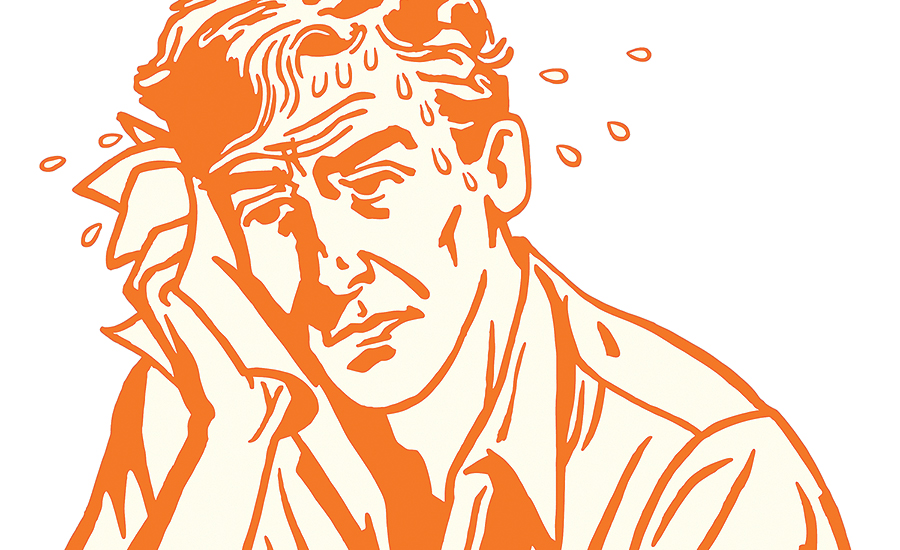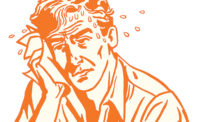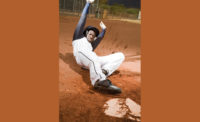Over the course of a 162-game Major League Baseball season, players will do anything to beat the heat.
I can remember plenty of midsummer games and doubleheaders where we’d keep buckets of ice in the dugout to keep cool because all the Gatorade in the world didn’t seem like enough. Sometimes, we’d run into the clubhouse for just a second of cool air.
We did it because we knew heat-related stress could cause injury, costing us a day off or our jobs.
Ratcheting up the risk
Workers exposed to extreme heat are at risk of a number of illnesses and injuries. Heat stress can result in heat stroke, heat exhaustion, heat cramps or heat rashes.
Heat can also increase the risk of injuries. Sweaty palms, fogged-up safety glasses or dizziness can create extremely dangerous situations for workers operating heavy machinery, working at heights – or those simply managing others in a hot environment.
Thousands of workers are hospitalized each year due to heat-related illness or injury and some die.
Reducing the risk
Here are some tips stay healthy in the heat in 2015:
• Try to schedule your heaviest work during the coolest part of the day. Gradually build up to your heaviest work of the day and try to take more breaks in extreme heat and humidity.
• Stay hydrated. When temperatures rise, it’s important to drink water approximately every 15 to 20 minutes. During breaks, find a cool place and continue drinking water or electrolyte replacement drinks.
• Avoid non-breathing synthetic materials. Wear light-colored, loose fitting clothing made of breathable materials like cotton. Take advantage of clothing that helps cool you down, like Northern Safety’s selection of hats, safety glasses with dark lenses and Climate Control cooling vests.
• Keep an eye on your teammates. Although anyone at any age can suffer heat-related illness, those at greatest risk include infants and children, people 65-years-old and over, and people on chronic medications or with chronic diseases.
• Most importantly, train yourself to recognize the signs of heat-related stress. You may need to seek medical attention if you or one of your co-workers experiences one or more of the following symptoms: Heavy sweating, extreme weakness or fatigue, dizziness or confusion, nausea, clammy or moist skin, pale or flushed complexion, muscle cramps, slightly elevated body temperature, or fast and shallow breathing.
Be sure to stay safe on every job, every time, no matter the conditions. For more safety tips and tricks I’ve picked up over the years, visit www.northernsafety.com and check out the videos Northern Safety and I have posted to help you out. And stay safe!





